398. Tracy Deonn (a.k.a. legendQuest) — Legendborn
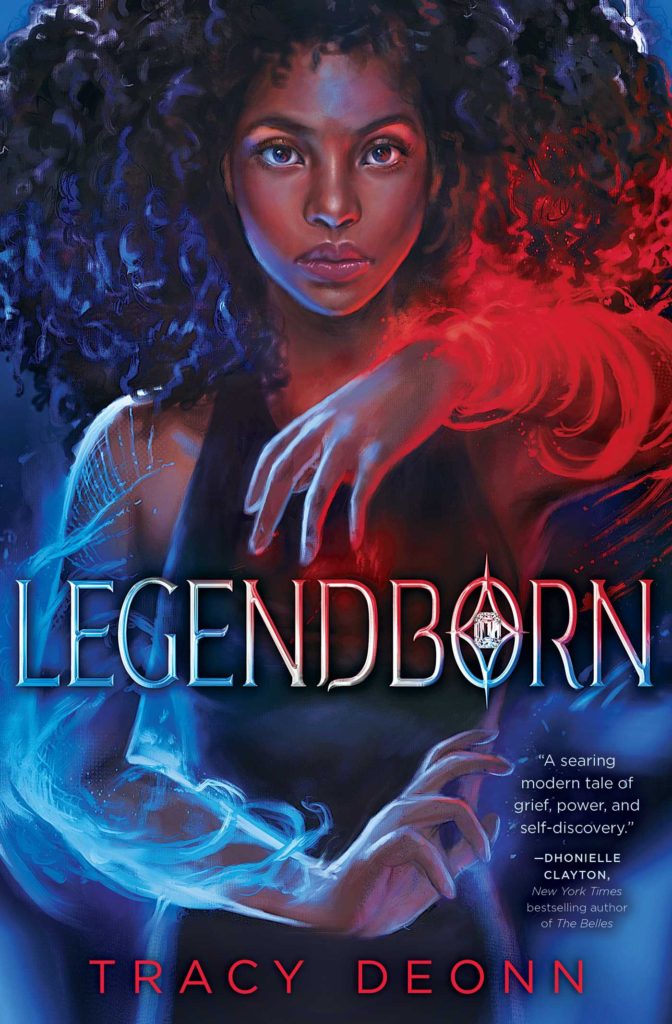
https://media.blubrry.com/skiffyandfanty/dts.podtrac.com/redirect.mp3/archive.org/download/sand-f-episode-398-tracy-deonn/SandF_Episode_398_Tracy_Deonn.mp3Podcast: Play in new window | DownloadSubscribe: Apple Podcasts | Spotify | Android | Email | TuneIn | Deezer | RSSSecret societies, challenged legacies, and creepy shadow monsters, oh my! Shaun Duke and Jen Zink tackle Arthurian myths and Carolina legacies in this packed interview with Legendborn author Tracy Deonn! Together, they talk about Tracy’s exploration and challenge of U.S. legacies and secret societies, the personal aspects she infused into the book, the power of grief and racism, and even why she loves seaQuest DSV so darn much. And much much more! Thanks for listening. We hope you enjoy the episode!
Book Review: A SECRET GUIDE TO FIGHTING ELDER GODS edited by Jennifer Brozek
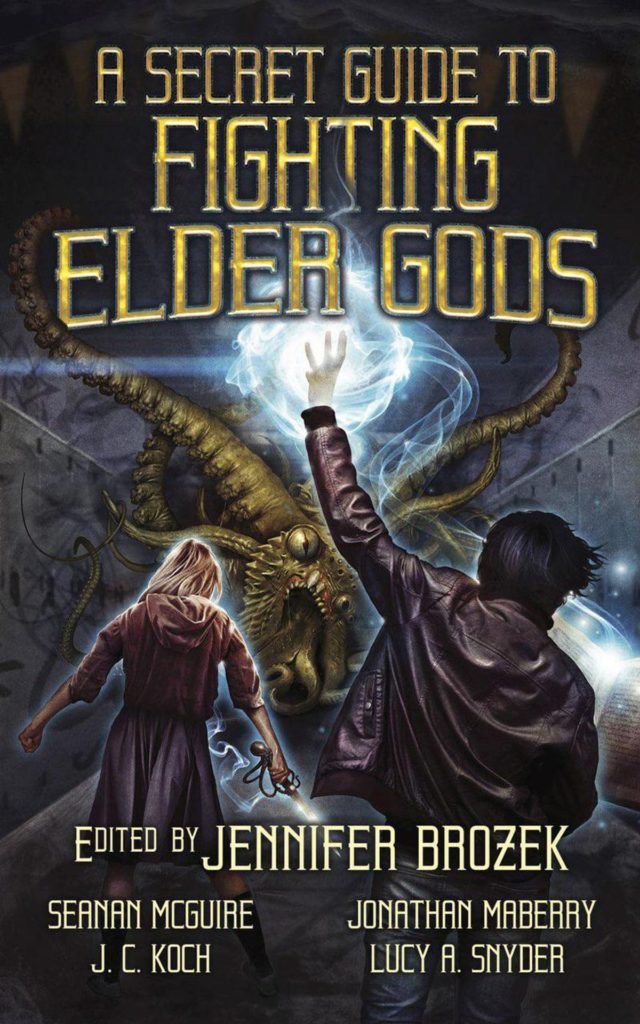
The return of the Lovecraft mythos to fiction and popular culture has been a burgeoning tendency in modern day fiction and culture. From Charles Stross’ Laundry Files to plush Cthulhus, the idea of the Mythos is more well known in popular culture than ever. There has also been a surge and rise in the popularity of YA as a subgenre, with teenagers and young adults navigating some rather perilous territory. It makes sense to me that the perilous territory that YA protagonists face might include encounters with Deep Ones, the Dreamlands, Ghouls, and the other terrors inherent in the Mythos. In addition, many of the stories in Lovecraft’s oeuvre are centered around familial concerns — learning one’s heritage, coming to terms with it, rejecting it, or even being possessed by it. Of course, such family dramas can underpin many YA stories, too. Thus, in A Secret Guide to Fighting Elder Gods, editor Jennifer Brozek marries these two concepts with a selection of stories from a wide range of authors. Like any anthology, the quality and interest of an individual story and author varies for me. Some of the stories stood out for me and showed the promise and possibilities of the form. Overall, I found that the authors and the stories embraced and lived up to the challenge of introducing YA protagonists and themes into the Mythos. The Mythos, upon reflection and after reading these stories, seems to me now like a natural sub-subgenre of fantasy for YA writers to consider.
Episode 4. Into the Wardrobe with The Neverending Story (1984; dir. Wolfgang Peterson): Childhood Trauma and the Power of Story
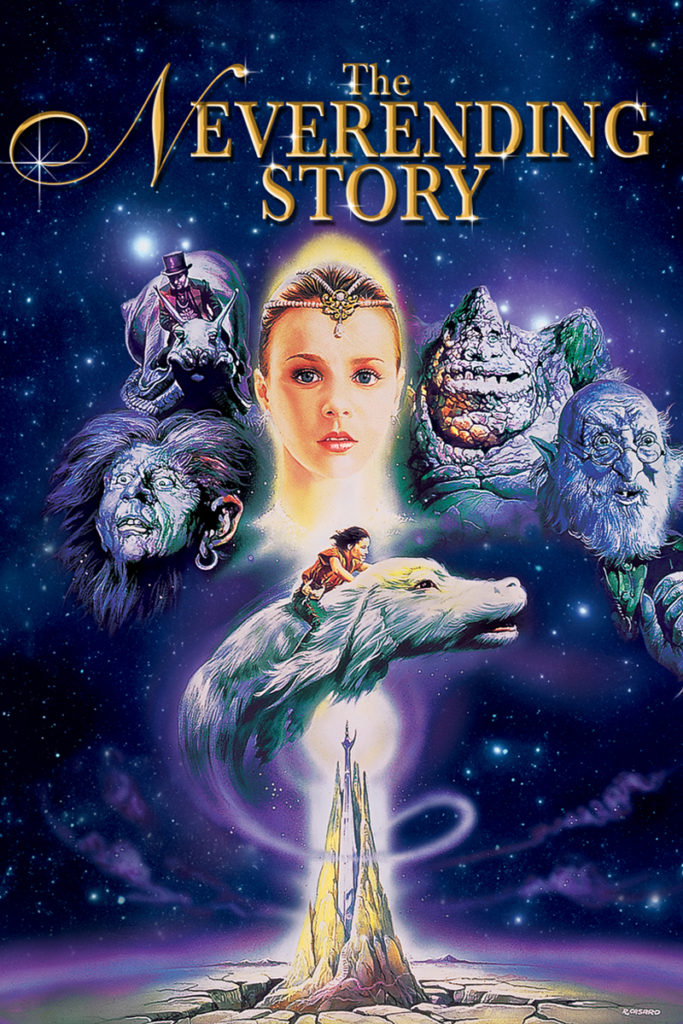
https://media.blubrry.com/skiffyandfanty/dts.podtrac.com/redirect.mp3/archive.org/download/SandFEp4IntoTheWardrobeTheNeverendingStory1984/SandF–Ep4–Into_the_Wardrobe–The_Neverending_Story_1984.mp3Podcast: Play in new window | DownloadSubscribe: Apple Podcasts | Spotify | Android | iHeartRadio | Podchaser | Podcast Index | Email | TuneIn | Deezer | RSSIn this episode of Into the Wardrobe, Shaun and Jen are joined by the lovely Becca to talk about the movie that defined Jen’s childhood, terrified Shaun, and has now inspired Becca to find a luck dragon. That move is 1984’s The Neverending Story directed by Wolfgang Peterson. Our intrepid crew discuss their own childhood traumas that made them connect so strongly with Bastian, the problems with Atreyu’s coding as Native, the movie’s approach to the tyranny of adulthood under capitalism, the good and the bad of the film’s ending, and so much more that we lost track about half-way through and can’t continue telling you. Basically, listen to the podcast. Enjoy!
Signal Boost #49 – Steph Matuku (Flight of the Fantail) and Bethany C. Morrow (MEM)
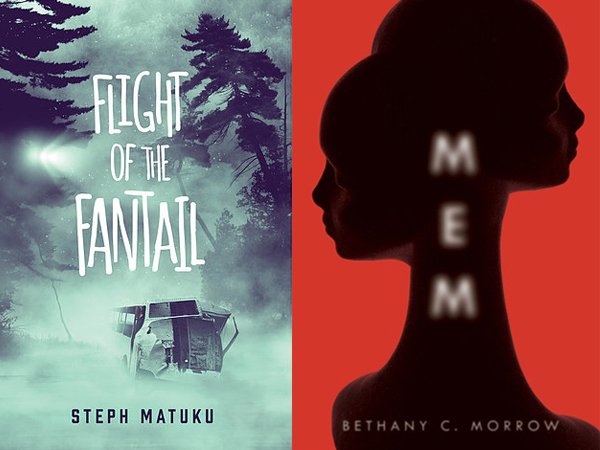
https://media.blubrry.com/skiffyandfanty/dts.podtrac.com/redirect.mp3/archive.org/download/SandFSignalBoost49MatukuMorrow/Sandf–SignalBoost49–MatukuMorrow.mp3Podcast: Play in new window | DownloadSubscribe: Apple Podcasts | Spotify | Android | iHeartRadio | Podchaser | Podcast Index | Email | TuneIn | Deezer | RSS In today’s episode of Signal Boost, Elizabeth talks to Steph Matuku, author of the debut novel, Flight of the Fantail, and the children’s book, Whetū Toa and the Magician. Both are out from HUIA Publishers in New Zealand. The two talk about how Steph treated the environment as a character, the influence her Maori culture has on her books, how she was sponsored (and published!) through the Te Papa Tupu writing program, the tough reality of writing, and more! Then Jen reminisces about UCSC (GO SLUGS!) with author Bethany C. Morrow for hours and hours. Kidding! The two explore Bethany’s historical fantasy science fiction novel, MEM, her YA debut novel, A Song Below Water, and her upcoming YA anthology, Take the Mic: Fictional Stories of Everyday Resistance. They discuss the effect that omitting whiteness has upon a story, the importance of resistance to her writing, the sinister reality of west coast liberal racism, and much more. We hope you enjoy the episode!
Book Review: The Ninety-Ninth Bride by Catherine Faris King
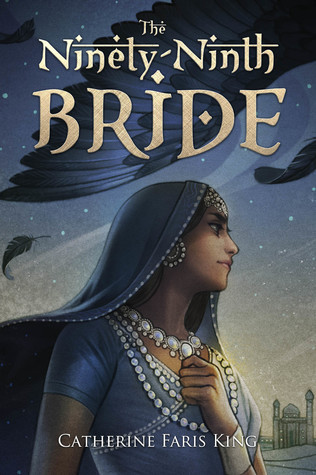
Catherine Faris King’s debut novel, The Ninety-Ninth Bride, is a beautiful retelling of the tale of Scheherazade, and the thousand and one nights of stories that kept a bride alive. But The Ninety-Ninth Bride is not directly about Scheherazade, the famed woman who tamed a king. Instead, King tells the story of Dunya, a young girl in a family that cares little for her, whose open heart and wide eyes make for a unique perspective on the events of those thousand and one nights. Dunya is but 15 when she offers to help her father, and is given to the Sultan as his next bride in a string of murdered women. The Sultan has executed the last ninety-eight women he has married, driven mad by the betrayal of his first Sultana, and Dunya fears for the worst. But on her wedding night, Dunya is surprised to discover that there is another bride in the chamber—Zahra, who saves Dunya by telling the Sultan a tale each and every night, postponing the Sultan’s rage. But there is something bigger at work, infecting the land and causing troubles for humans and magical folk alike, and Dunya is determined to fix it, no matter the cost.
Book Review: Hammer of the Witch by Dakota Chase
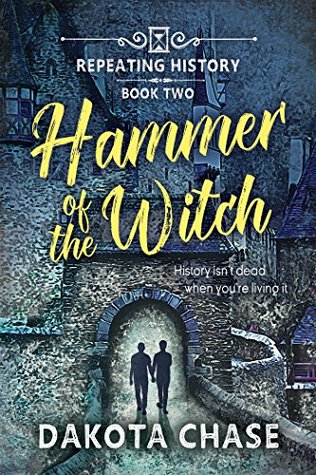
Dakota Chase continues her young adult series, Repeating History, with Hammer of the Witch, returning to a contemporary world featuring magical, time-traveling shenanigans surrounding two teenagers. To recap: In the first novel, The Eye of Ra, we met up with Aston and Grant at an unfortunate time in their lives. After a visit to juvenile court both boys are sentenced to a year at the Stanton Boys School, where their shenanigans intertwine after an incident in their history teacher’s office (which they manage to set fire to, destroying several priceless artifacts housed within). And it just so happens that their history teacher is the esteemed wizard Merlin. He-who-ran-with-King-Arthur, Merlin. Why the man would want to teach high schoolers is beyond me, but maybe he enjoys it. Aston and Grant have never been in this much trouble before, but an unlikely solution is found when they are tasked with going back in time and retrieving some of these artifacts for Merlin. In the first book Aston and Grant traveled back to Ancient Egypt in the times of King Tut, but the second book sends them back to medieval Europe, in the midst of the witch hunts.

